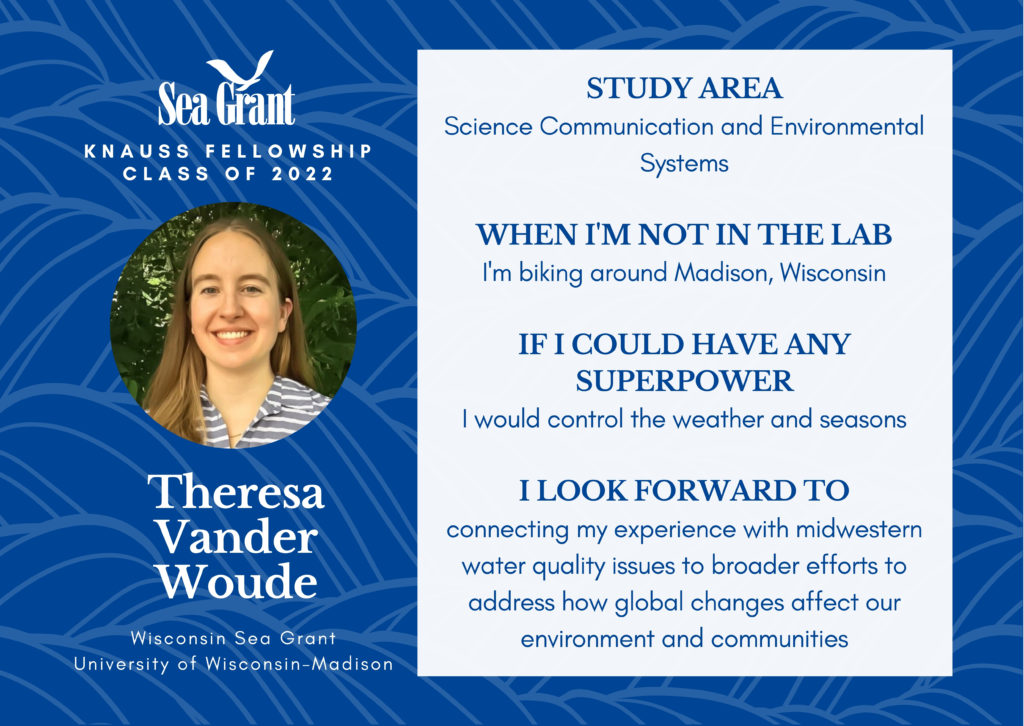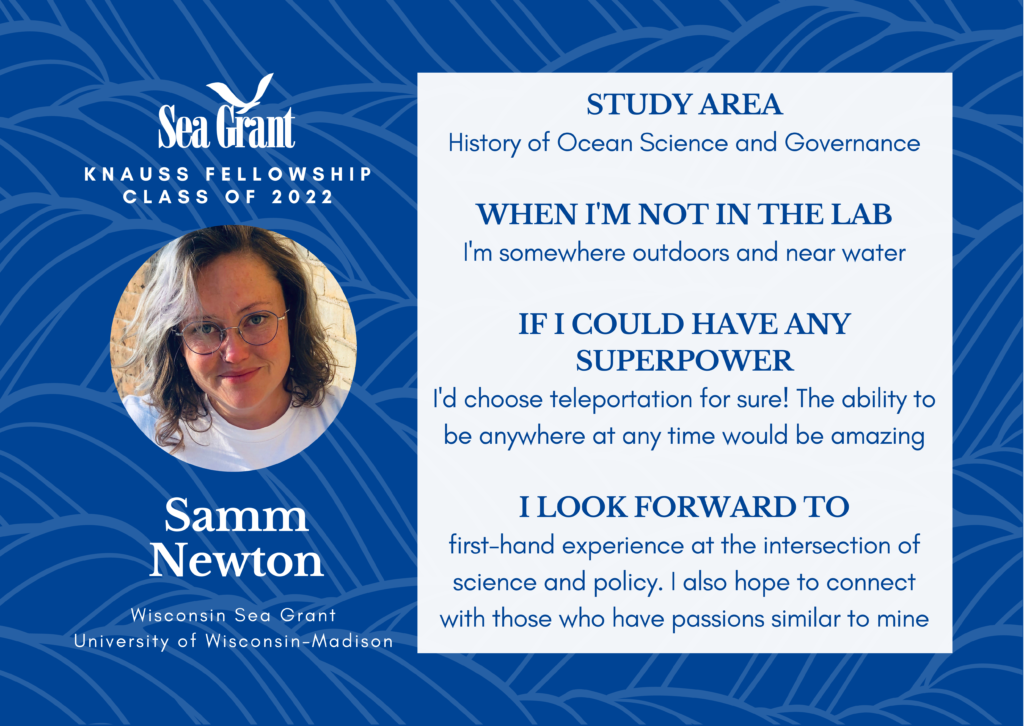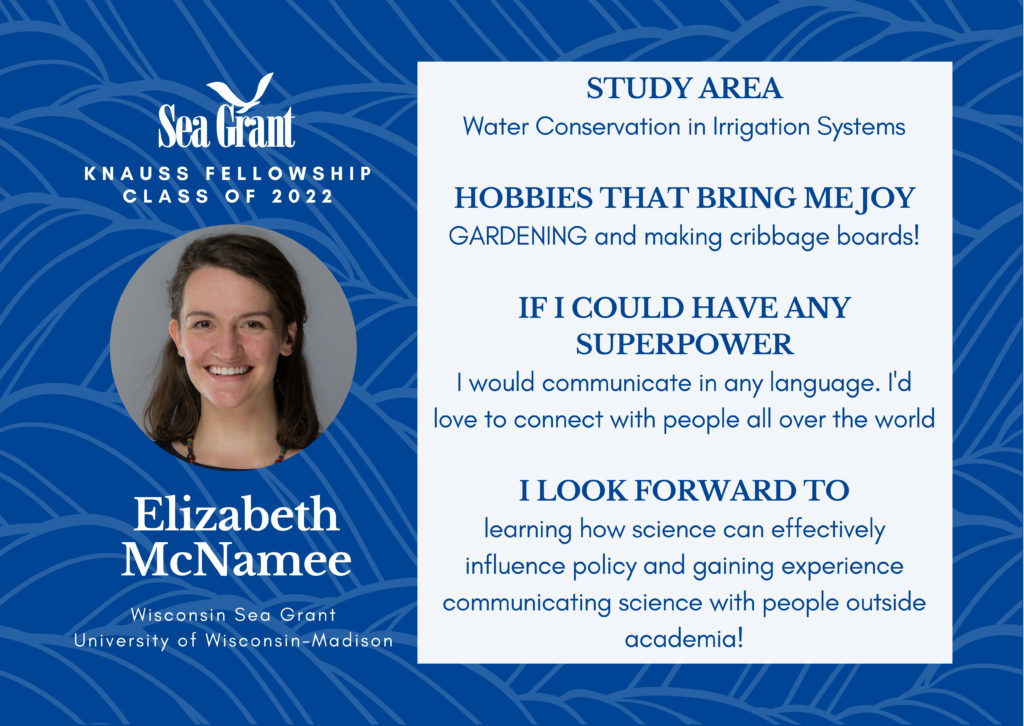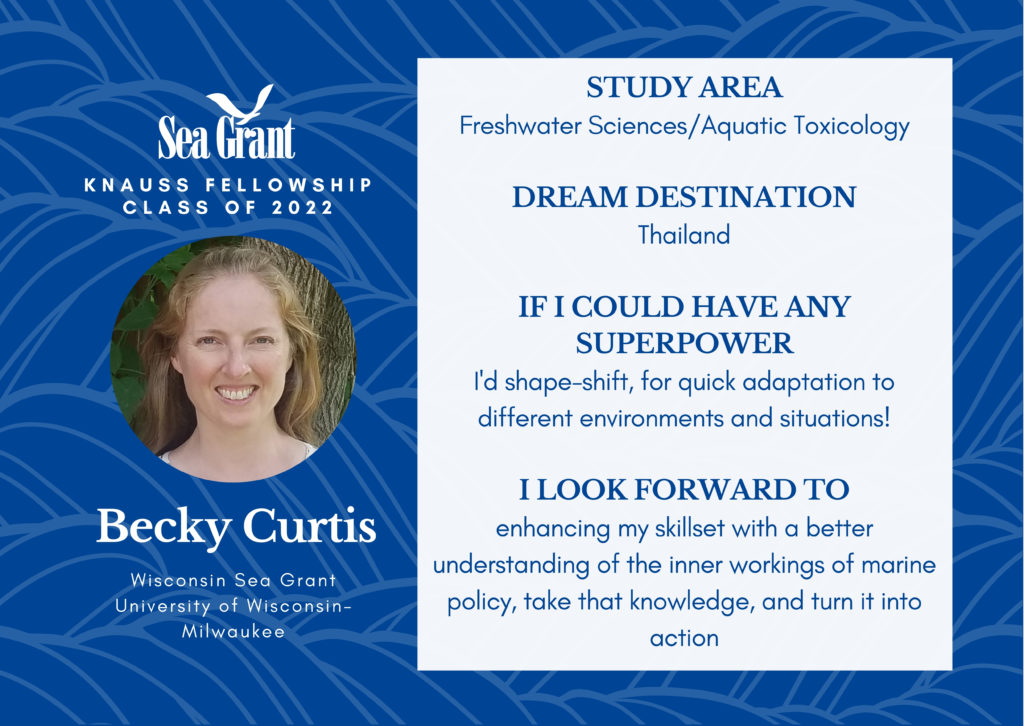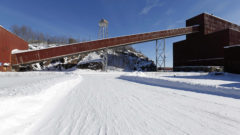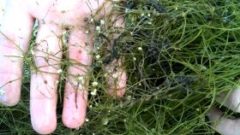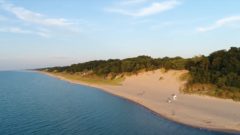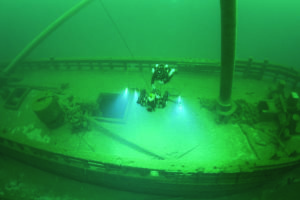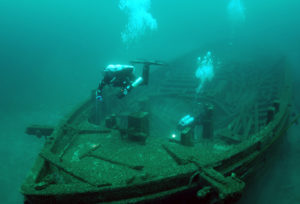Climate Council to discuss energy intensive industries
Energy intensive industries are expected to be discussed by a council advising the state of Michigan on a climate plan. Read the full story by the Associated Press.
Great Lakes Commission
https://www.glc.org/dailynews/20210726-climate


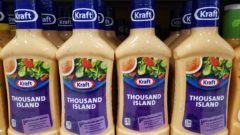
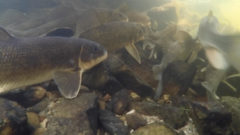
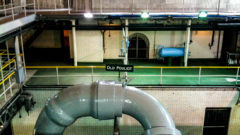
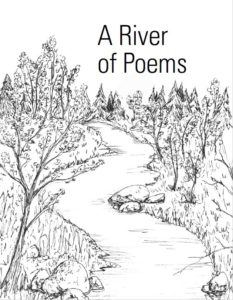 It’s a thin volume with a worldwide span. In 2020, we sent out a call for river poems for
It’s a thin volume with a worldwide span. In 2020, we sent out a call for river poems for 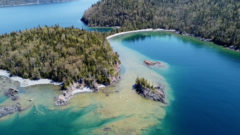
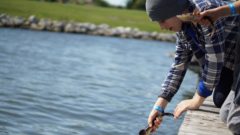
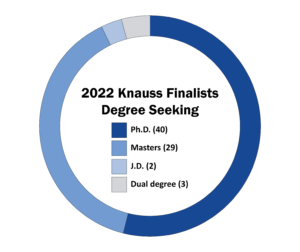 Knauss finalists are chosen through a competitive process that includes comprehensive review at both the state Sea Grant program and national levels. Students who are enrolled in or have recently completed master’s, Juris Doctor (J.D.), and Doctor of Philosophy (Ph.D.) programs with a focus and/or interest in marine and coastal science, policy or management apply to one of the 34 Sea Grant programs. If applicants are successful at the state program level, their applications are then reviewed by a national panel of experts.
Knauss finalists are chosen through a competitive process that includes comprehensive review at both the state Sea Grant program and national levels. Students who are enrolled in or have recently completed master’s, Juris Doctor (J.D.), and Doctor of Philosophy (Ph.D.) programs with a focus and/or interest in marine and coastal science, policy or management apply to one of the 34 Sea Grant programs. If applicants are successful at the state program level, their applications are then reviewed by a national panel of experts.